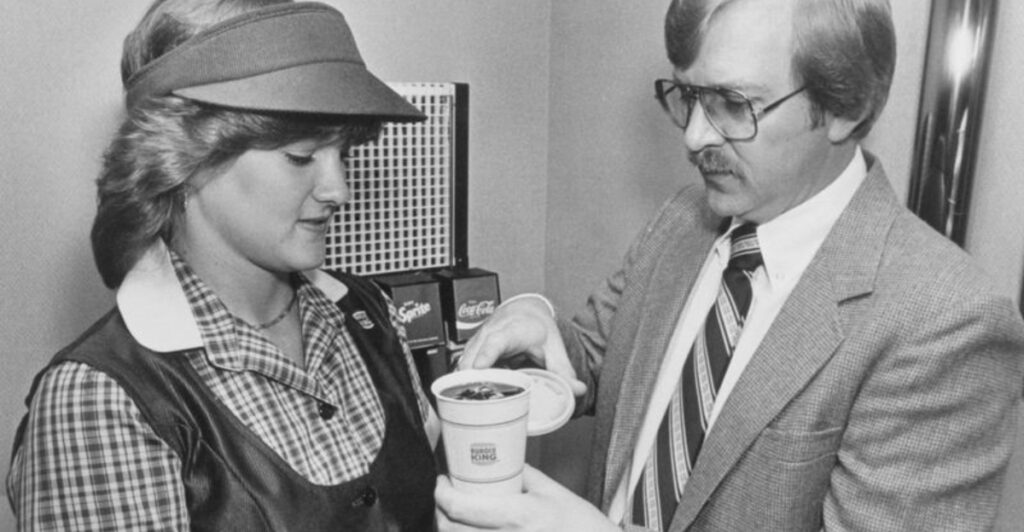The 1980s were a golden age of pop culture, big hair, and drive-thru windows. But for those behind the counter, it was a whole different experience—one of hustle, heat lamps, and the smell of fryer oil. Here are 15 unforgettable things that fast-food workers from the ’80s will never forget.
1. Manual Cash Registers with No Digital Displays

Remember the days when every order total was calculated by hand? Fast-food workers of the 1980s had to rely on manual cash registers with no digital display. Each mistake meant starting over.
These registers were iconic, with large, clunky keys. Workers developed exceptional mental math skills. For many, this was their first introduction to handling money.
A frequent challenge was balancing speed and accuracy. The pressure to perform efficiently was immense, especially during peak hours. Today, the art of manual cash handling is nearly lost, replaced by digital convenience. A nostalgic nod to simpler times.
2. The Smell That Never Left
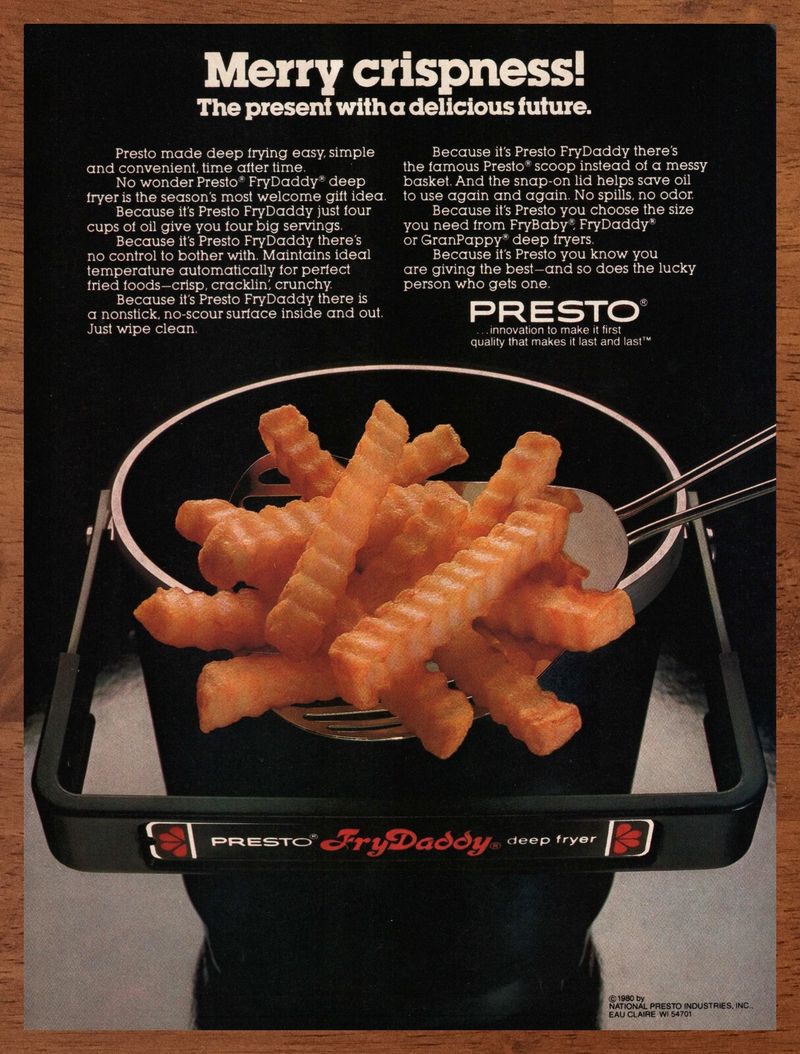
Fast-food workers of the 1980s carried the unmistakable fry aroma everywhere. A single shift was enough to embed the scent into clothes and hair. It was the perfume of the era.
No amount of washing could completely remove it. Workers became accustomed to the smell, embracing it as part of their identity. Friends and family learned to associate them with fries.
Despite efforts with body sprays, the scent remained, often for days. This olfactory souvenir served as a badge of honor, a reminder of the hustle and bustle behind the counter.
3. Making Change Without a Machine
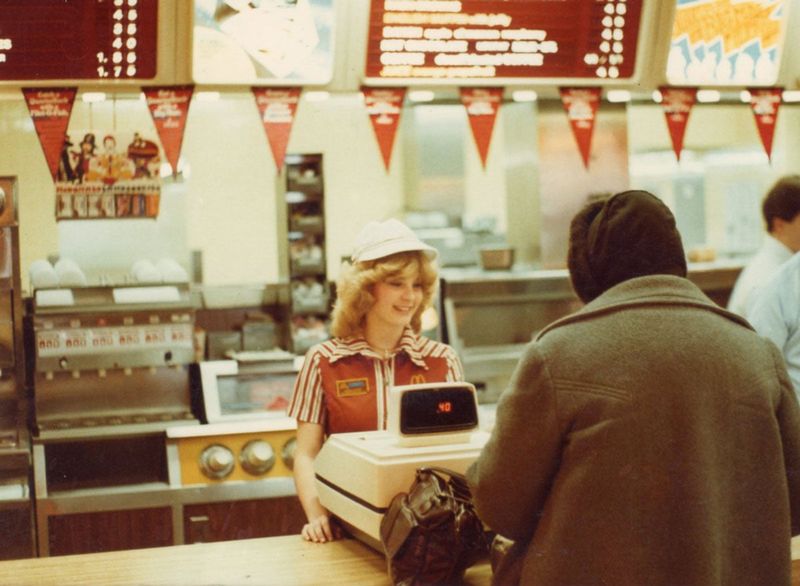
In the 1980s, fast-food cashiers performed the delicate dance of making change by hand. No machines calculated for them. It was a skill honed through practice and necessity.
Each transaction was a moment for mental arithmetic. Speed was crucial; accuracy, even more so. The ability to count back change was a valued skill.
Lost to automation, this art form is remembered with fondness. Workers took pride in their ability to handle cash efficiently. Today’s digital systems lack the human touch of those cash-handling days.
4. Drive-Thru Headsets That Barely Worked
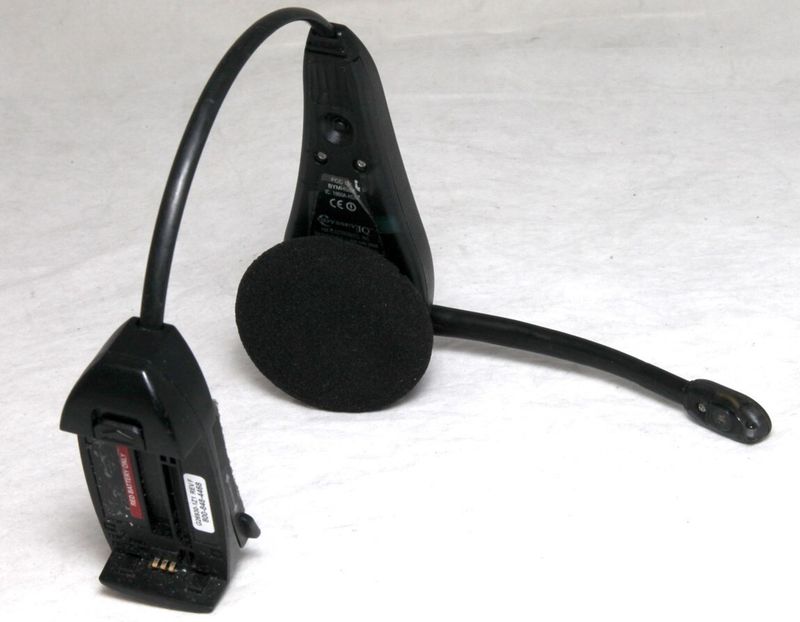
Bulky and unreliable, the drive-thru headsets of the 1980s were a technological trial. Crackling static often filled the airwaves, making communication an adventure.
Orders came in bits and pieces, requiring sharp listening skills. Workers adapted to anticipate customer needs through context.
Despite their flaws, these headsets symbolized innovation. They introduced a new way to serve customers quickly. Workers developed patience and perseverance, mastering the art of deciphering static-filled requests. These headsets paved the way for the advanced systems of today.
5. Scrubbing the Fryers by Hand
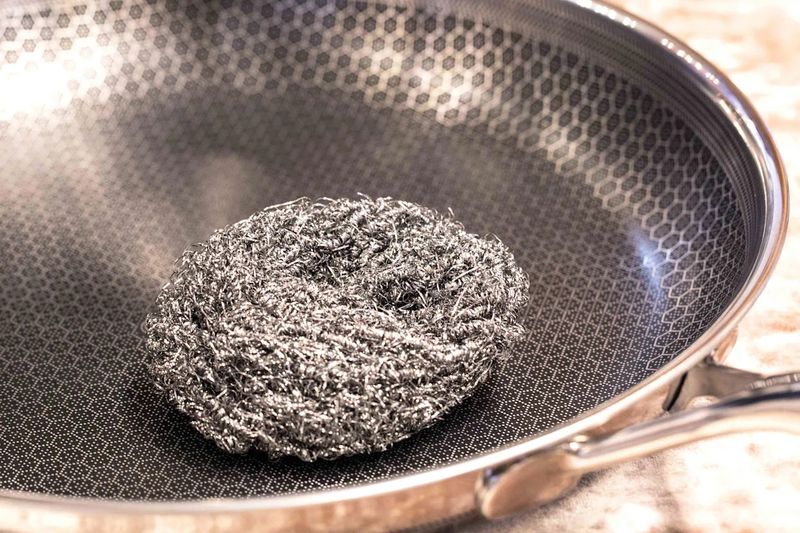
Before self-cleaning machines, fryers demanded manual labor. Scrubbing them by hand required strength and determination. Buckets of hot grease, metal scrubbers, and dedication were essential.
Workers faced this task regularly, honing their cleaning skills. It was a workout, both mentally and physically. Pride came from a gleaming, spotless fryer.
Despite the mess, the experience bonded teams. Sharing cleaning tips became common. It was a rite of passage, leaving a lasting impression. Today, the ease of automated cleaning is a stark contrast to those elbow-grease days.
6. Building a Big Mac from Memory
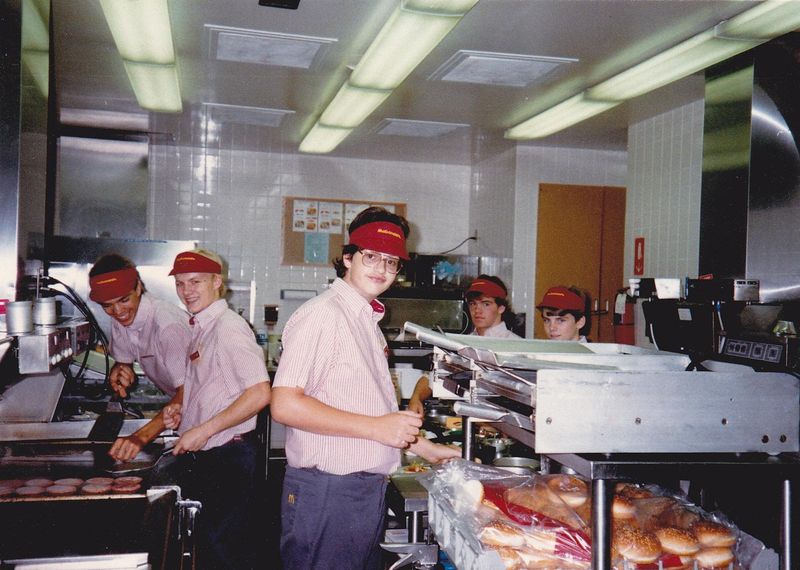
Every sandwich had its blueprint, memorized by heart. Fast-food workers of the 1980s prided themselves on crafting the perfect Big Mac without cheat sheets.
Customizations were rare, making consistency key. Workers mastered the art of sandwich assembly, creating each layer with precision.
Building a Big Mac became second nature. The rhythm of assembly was almost meditative. Workers could create these iconic sandwiches in their sleep. Today’s digital aids pale in comparison to the memory-driven expertise of the past.
7. Training Tapes on VHS
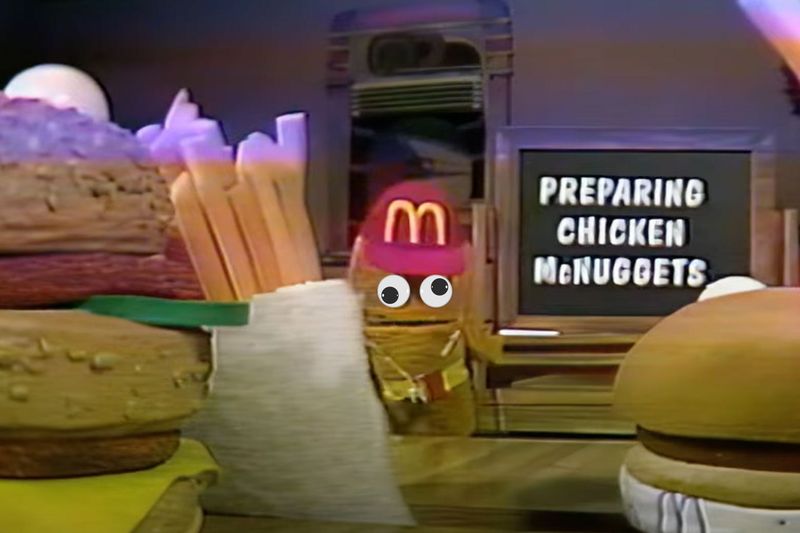
Orientation in the 1980s often included VHS training tapes. Grainy and overacted, these videos became a staple of fast-food training. They resembled low-budget sitcoms, providing both information and entertainment.
Workers laughed at their melodramatic scenarios, yet learned valuable skills. The tapes taught customer service, safety, and team dynamics.
Despite their outdated charm, they were effective. Employees bonded over shared experiences, quoting lines and reenacting scenes. Today, digital training lacks the quirky character of those VHS days.
8. Paper Hats and Polyester Uniforms
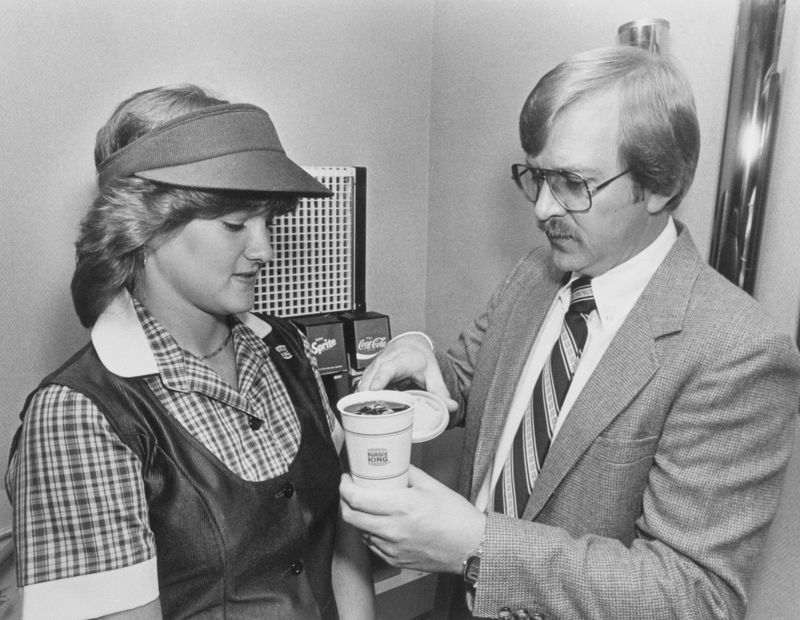
Vivid uniforms defined the fast-food scene of the 1980s. Polyester dominated, with colors like firetruck red and mustard yellow. Atop these outfits sat the infamous paper hats, folded with precision.
These hats were an art form in themselves. Workers often swapped tips on folding them neatly. While uncomfortable, they became a badge of honor.
Uniforms had their own charm, despite clashing with almost everything. They brought a sense of unity among team members. Polyester may not breathe, but it sure left an impression, creating a colorful tapestry of memories for those who wore them.
9. Smoking Sections Inside Restaurants
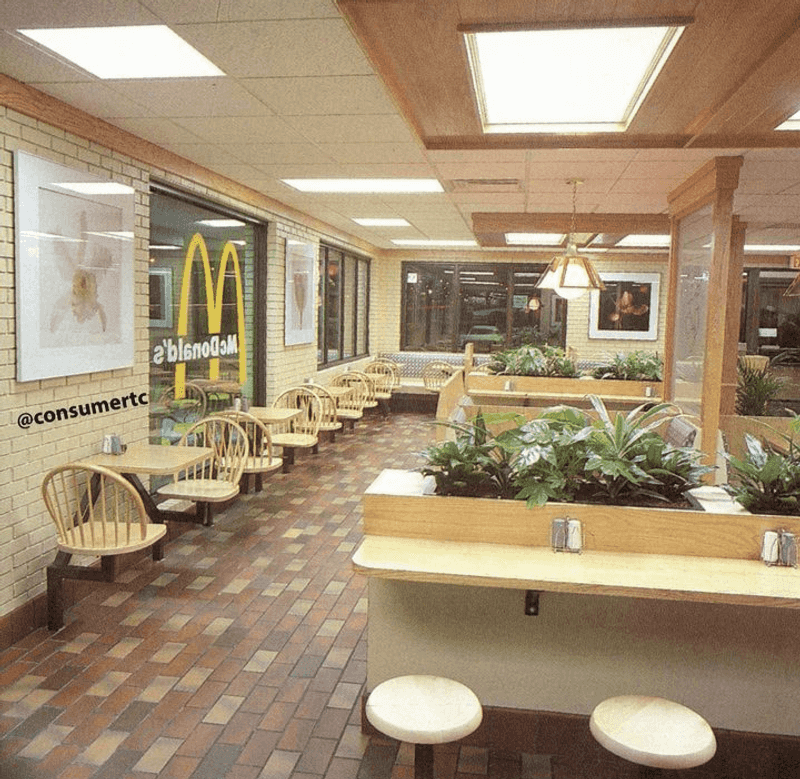
Smoking sections were commonplace in fast-food restaurants of the 1980s. The scent of burgers mingled with cigarette smoke, creating a unique ambiance. It was a normal part of the dining experience.
Workers navigated these sections, balancing customer service with smoke-filled air. The distinction between smoking and non-smoking areas was often blurred.
Despite health concerns, these sections were popular. They represented a different era of dining. Today’s smoke-free establishments are a stark contrast to those hazy days.
10. The Blizzard of Paper Coupons
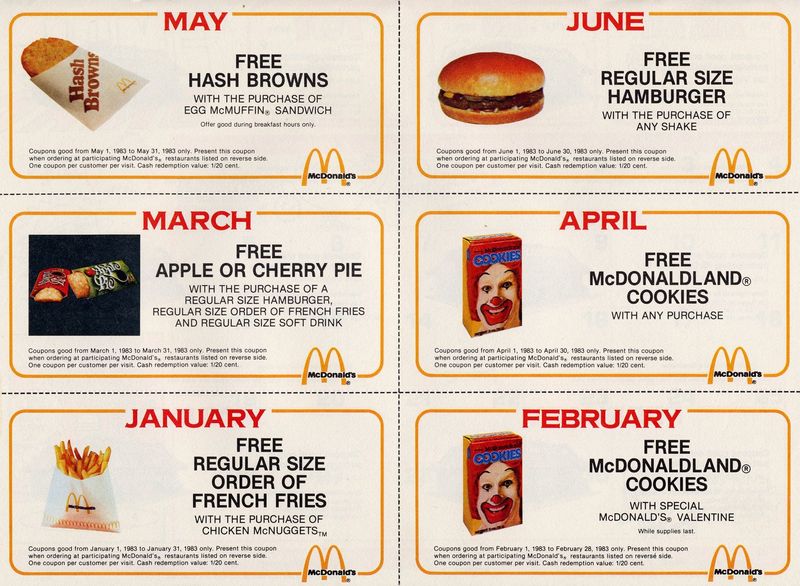
Paper coupons were the currency of discounts in the 1980s. Fast-food workers faced mountains of them, often expired or messy. Each coupon required verification, adding to the workload.
Despite the chaos, workers developed efficient systems. Organizing and redeeming these coupons became an art form. The satisfaction of a properly processed coupon was unmatched.
Digital deals have replaced paper, but the nostalgia remains. The tactile experience of handling coupons is a cherished memory for those who lived it. It was a time of tangible discounts and hands-on promotions.
11. Ronald McDonald Making Surprise Visits
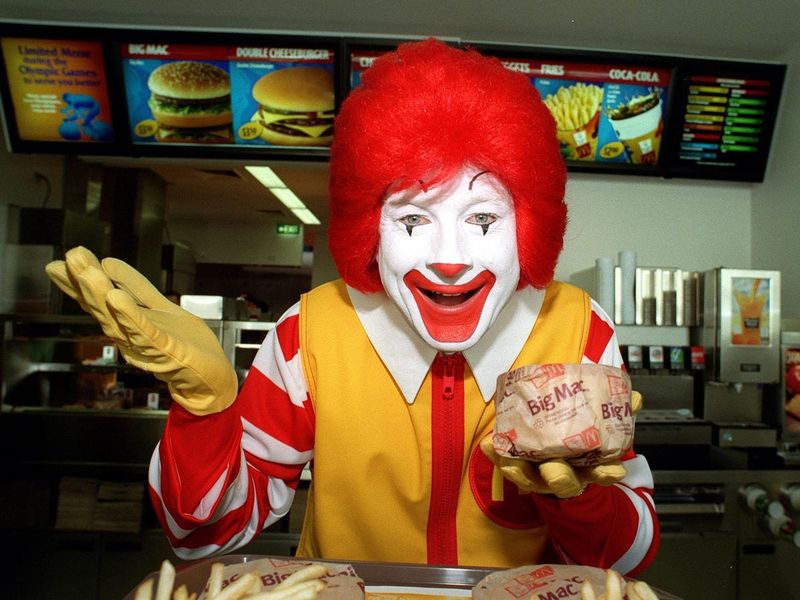
Ronald McDonald was a frequent visitor to fast-food restaurants in the 1980s. His surprise appearances delighted children and added excitement to the workday.
Workers embraced these visits, enjoying the break from routine. Ronald’s presence brought smiles and laughter, brightening even the busiest shifts.
These visits were part of a larger marketing strategy, creating lasting memories for customers and staff alike. Today, such spontaneous appearances are rare, yet they remain a cherished part of 1980s fast-food lore.
12. No Digital Timers—Just Gut Instinct
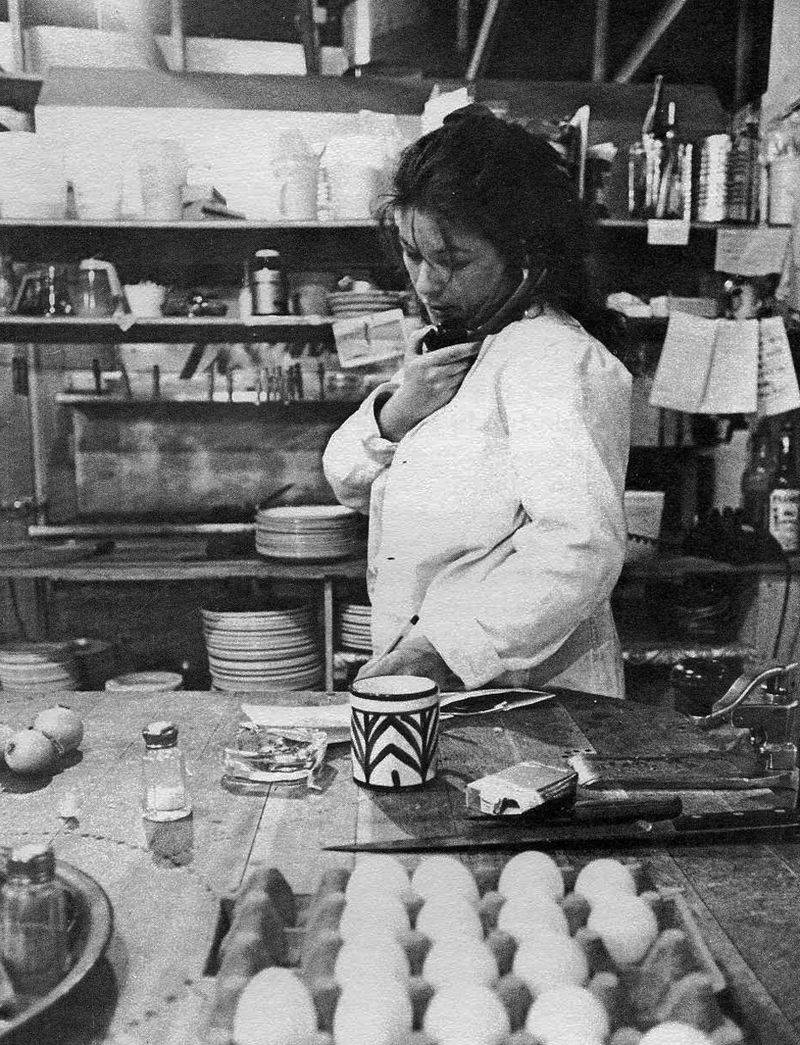
Fry cooks in the 1980s relied on instinct over technology. Without digital timers, they watched and listened to perfect their craft. It was cooking by feel, an art form in itself.
Workers developed keen senses, attuned to the sounds and smells of cooking. Burnt food meant personal accountability, honing their skills.
This reliance on gut instinct fostered a deep connection to the cooking process. Today’s digital timers lack the personal touch of those instinct-driven days. It was an era of culinary intuition, remembered fondly by those who mastered it.
13. Serving Breakfast Meant Getting There at 4 A.M.
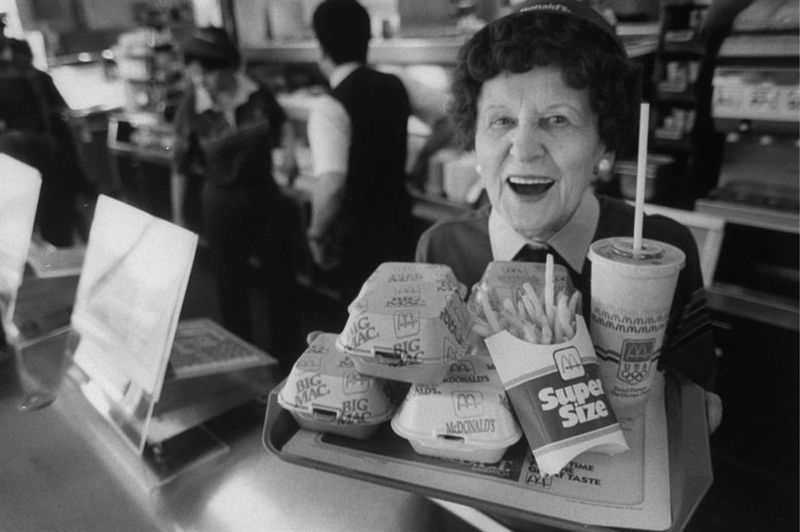
Morning shifts started before sunrise. Fast-food workers arrived at 4 A.M. to prepare breakfast, a sleepy yet fulfilling ritual. It was the start of the day’s hustle.
Cracking eggs by hand and setting up griddles were tasks performed in the quiet hours. Workers bonded over shared yawns and coffee.
These early mornings taught responsibility and time management. Despite the challenge, they were moments of camaraderie. Today, the breakfast rush is a well-oiled machine, but the nostalgia of those early shifts lingers.
14. Team-Building Events That Were Actually Fun
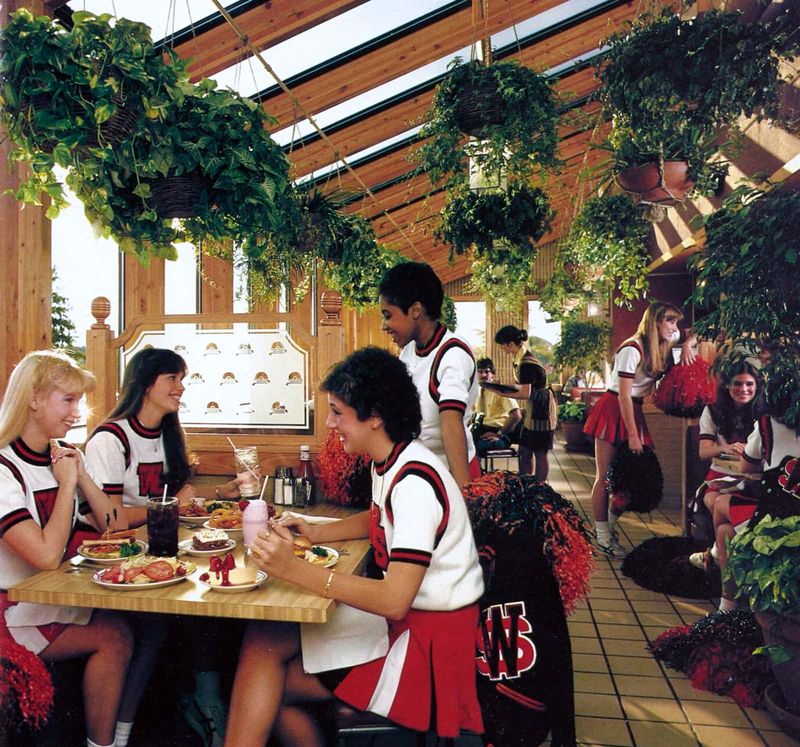
In the 1980s, team-building events were genuinely enjoyable. Fast-food workers participated in picnics, bowling nights, and more. These events fostered camaraderie and created lasting memories.
Co-workers became friends, bonding outside of work. The sense of family extended beyond the restaurant walls. It was a time of laughter and shared experiences.
Unlike today’s corporate events, these gatherings were relaxed and authentic. They strengthened team spirit, leaving a positive impact on both personal and professional lives. It was an era of genuine connections and fun-filled memories.
15. Feeling the Rush During Saturday Night Rush
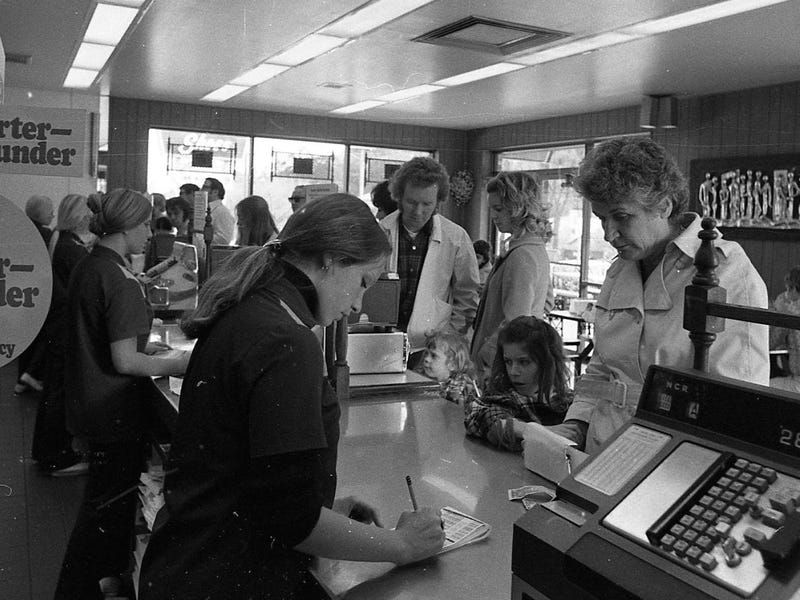
Saturday nights brought a frenzy of activity. Fast-food workers faced packed lobbies and long drive-thru lines. It was a test of speed, communication, and teamwork.
Without modern technology, workers relied on verbal cues and instinct. Coordination was key. The adrenaline rush of a busy night was unmatched.
These challenging shifts built resilience and grit. Workers thrived under pressure, learning to adapt and excel. Today’s technology-driven systems lack the raw energy of those bustling nights. It was an era of hustle, remembered with pride.

